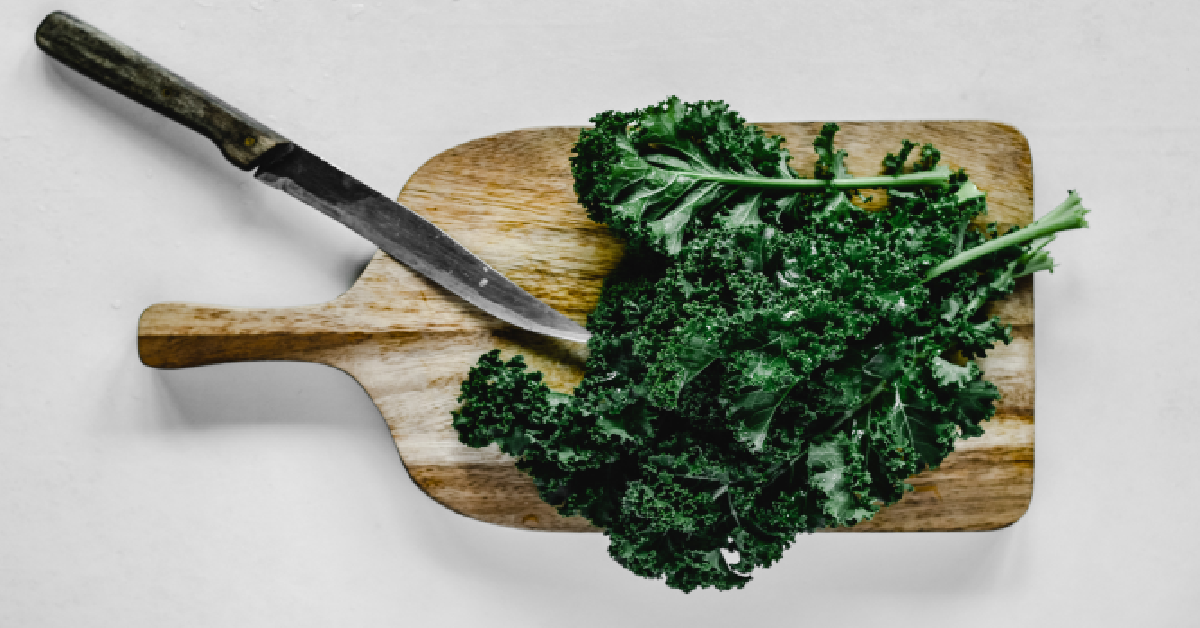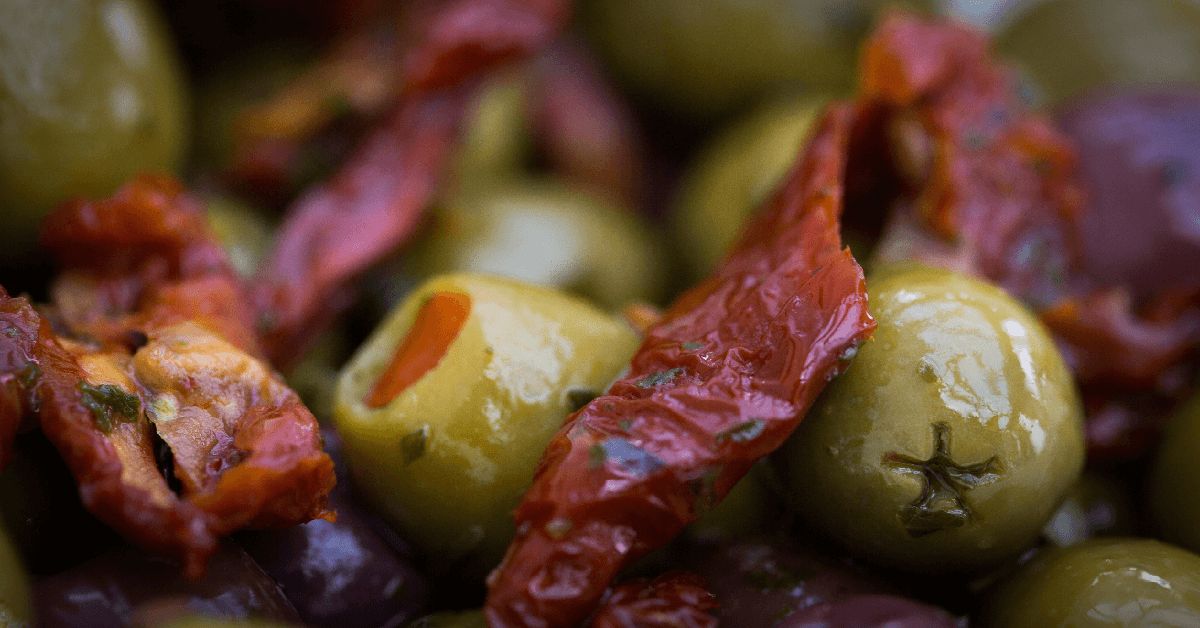The MinuteFood YouTube channel is an invaluable resource that always allows us to learn a lot.
The video that you are about to see is no exception. This particular video gives us the chance to learn more about the science behind the appeal of bitter foods. Typically, these foods are supposed to be tough to enjoy, and bitterness is meant to serve as a warning.

That’s not how it works, though. If anything, we love foods that are super bitter and actively seek them out. In fact, the more bitter, the better!
Kate Yoshida is our taste bud tour guide today. She is here to explain it all to us. Yoshida goes on to tell the audience about the changes that have taken place when it comes to our genetics, environment, and the foods that we eat.

All of these changes have come together, allowing us to consume bitter foods far more easily than we ever could before. The way that Kate breaks it all down for us makes it so easy to understand, too. Our taste buds can now accept the unacceptable. Hopefully, it stays this way forever because we sure do love our bitter foods. They will have to pry them away from us!
“We humans posses this deeply-innate, complex, finely-tuned ability to sense bitterness because having a warning system for certain toxic compounds, those produced by plants as a defense against hungry herbivores, was a big advantage for our ancestors. …So hating bitter stuff goes WAY back. But here we are, craving hoppy IPAs, queuing up for coffee and tea, chomping on chocolate and cranberries and kale and all sorts of other foods packed with bitter compounds produced by plants. How did we get here from there?” Kate explains in the video.

It’s a very good question and we are glad that someone is finally taking the time to answer it. That’s what makes this video such a great one.
If you’d like to learn more about bitter foods, be sure to check out the video below:













